Reduce Food Packaging

Switching from EPS Foam containers and plastic utensils to reusable trays, cups, plates, and utensils can make a big difference.
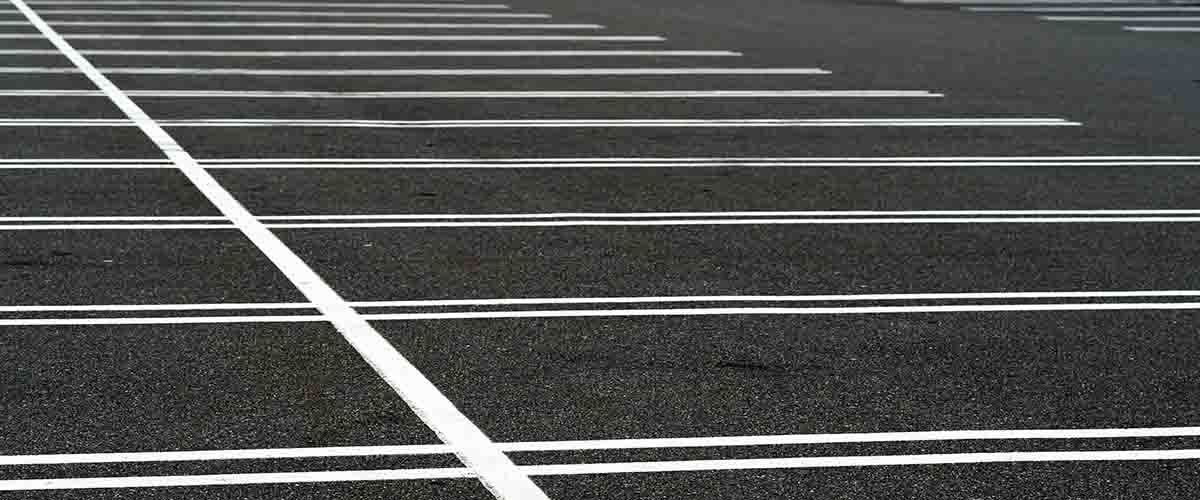
Parking lots and other impermeable surfaces don't allow water to naturally infiltrate into the soil. When it rains, any litter, debris, sediment, fertilizers, and chemicals from automobiles washes into the storm drains and into our streams, the bay and the Gulf.
These pollutants can harm marine creatures and wildlife, kill native vegetation, contaminate the water, and make recreational areas unsafe and unpleasant.

As litter, debris, sediment, fertilizer, and chemicals wash off parking lots and into storm drains, pollution quickly drains into area streams, rivers, and bays. Most storm drains have no method of filtering out this pollution, and once it's in the water, it becomes increasingly difficult to remove.
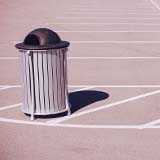
Existing litter and lack of opportunity for proper disposal invites littering. Most littering occurs when there is no receptacle within 10 feet or less or if the place is already littered.
Cigarette butts remain the largest category of litter picked up nation-wide. This is evident to anyone who has cleaned a parking lot. Providing ashtrays throughout the parking lot is a way of cutting down on this type of litter (Keep America Beautiful, 2009)
Littering rates are shown to decrease as the convenience of using a proper receptacle increases. Receptacles are most effective when they are within 10 feet of a person who needs it.
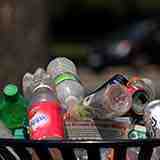
Ensure trash receptacles are routinely checked and emptied to prevent overfilling and spillage.
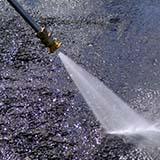
Many detergents and cleaning solutions contain harmful chemicals that wash down storm drains and empty directly into our streams and bayous. Phosphates from soap causes nutrient pollution while other chemicals can cause toxin pollution.
Photo By Mschel, CC BY-SA 3.0
Remind people that you are a Clean Water Future Creator by posting a sign reminding people not to litter.
Let all your customers know that you are doing your part to create a clean water future by affixing our sticker prominently at your business. Request your free sticker today.
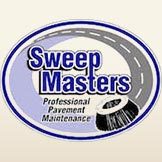
Sweep Masters is a local street sweeping company who regularly come to your place of business to clean your parking lots of litter, oil residue, and sediment. They are proud partners of the Create a Clean Water Future Campaign. 251-375-1811
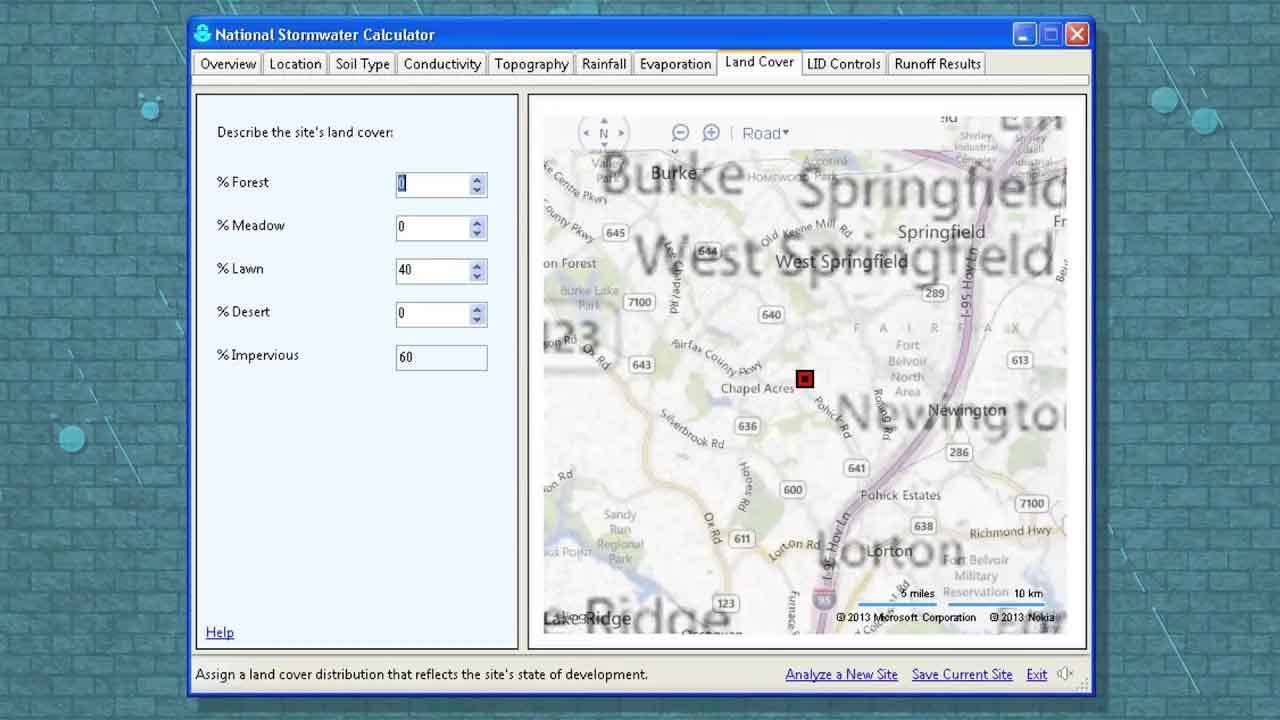
EPA's National Stormwater Calculator (SWC) is a desktop application that estimates the annual amount of rainwater and frequency of runoff from a specific site anywhere in the United States
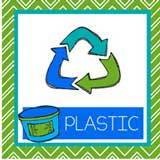
Free Printable Recycling Labels
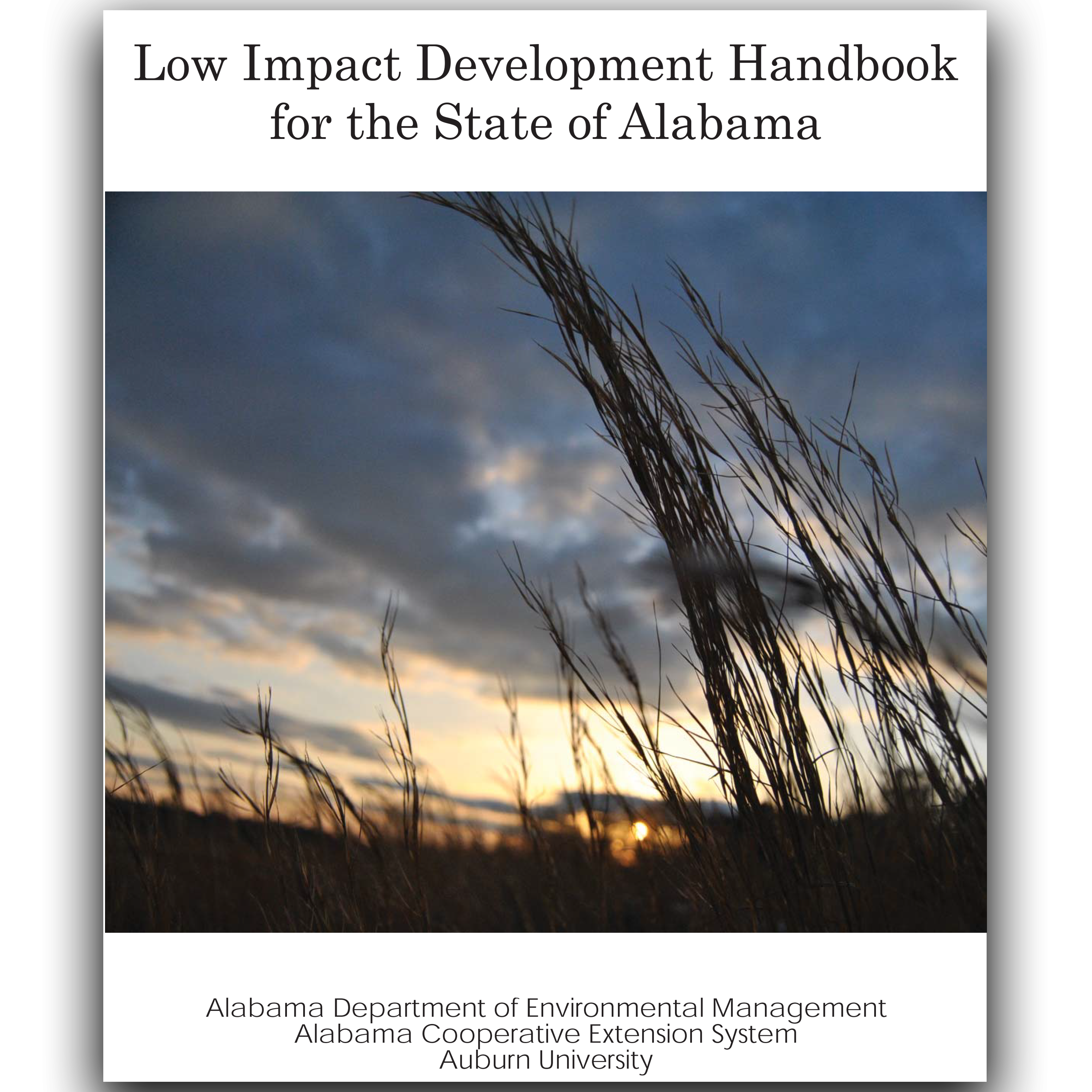
Alabama Low Impact Development Handbook provided by Alabama Cooperative Extension System
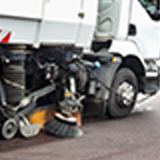
Pollution Prevention Fact Sheet: Parking Lot and Street Cleaning from Storm Water Center

Switching from EPS Foam containers and plastic utensils to reusable trays, cups, plates, and utensils can make a big difference.

Using reusable dish ware saves businesses money overtime, they use far less energy over their lifetime, and the chances of them polluting our waters is much lower than disposable counterparts.
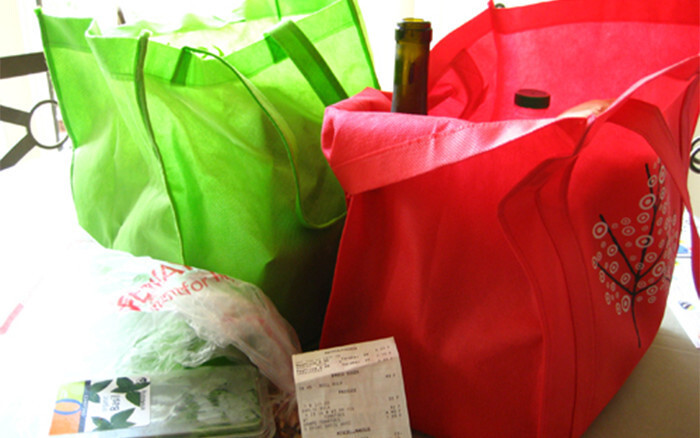
Encouraging and enabling customers to avoid plastic bags helps reducing the plastic debris we have to deal with and the chances it will end up in our waters.
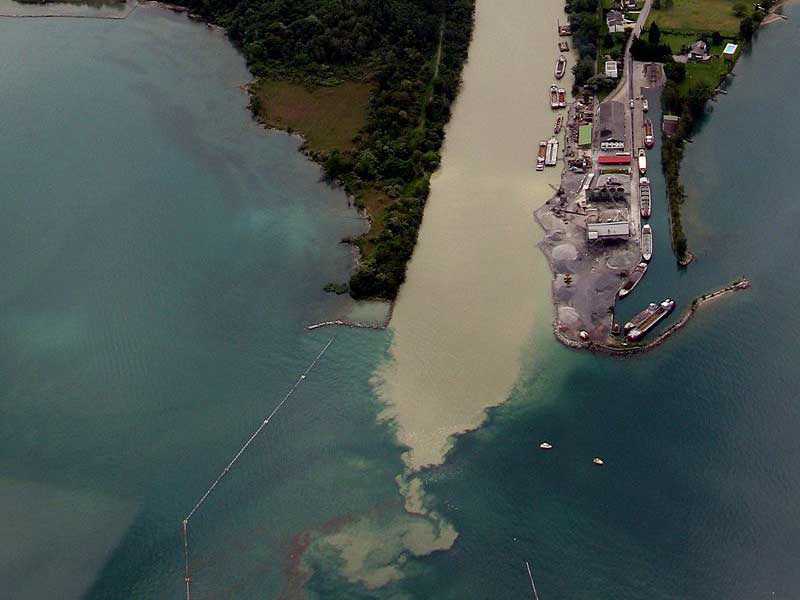
When water rushes off hardened surfaces, erosion of sediments degrade water conditions and smother and disrupt seagrass growth and the habitat for benthic organisms they provide.
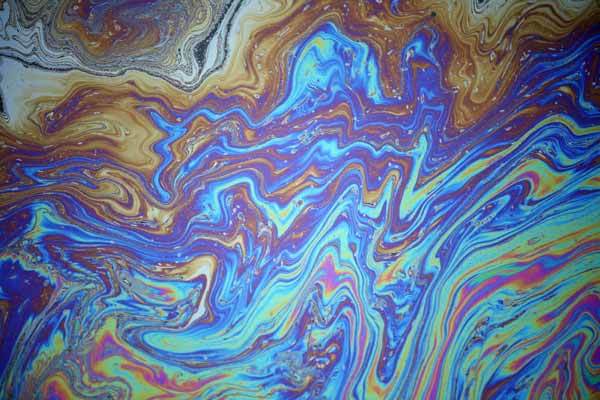
Compounds like oil, grease, and heavy metals take a long time to break down and threaten the health of both aquatic and human life.
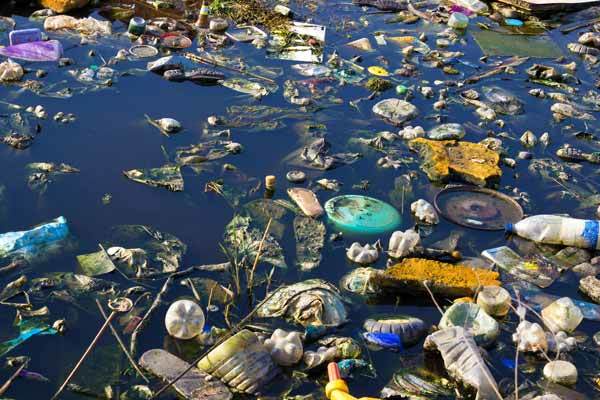
Litter is not only unsightly, but it also causes a variety of problems to the ecosystem as it enters our waters where it is often is mistaken for food by fish and invertebrates.
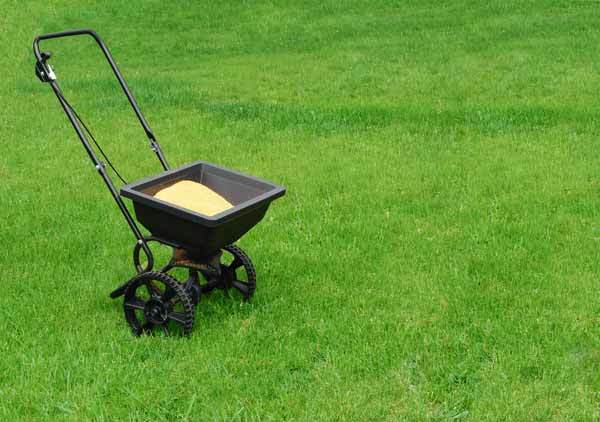
Too much fertilizer, pet waste, and other nutrients in our water often lead to serious problems like lowering dissolved oxygen levels, preventing seagrass growth, and killing fish.
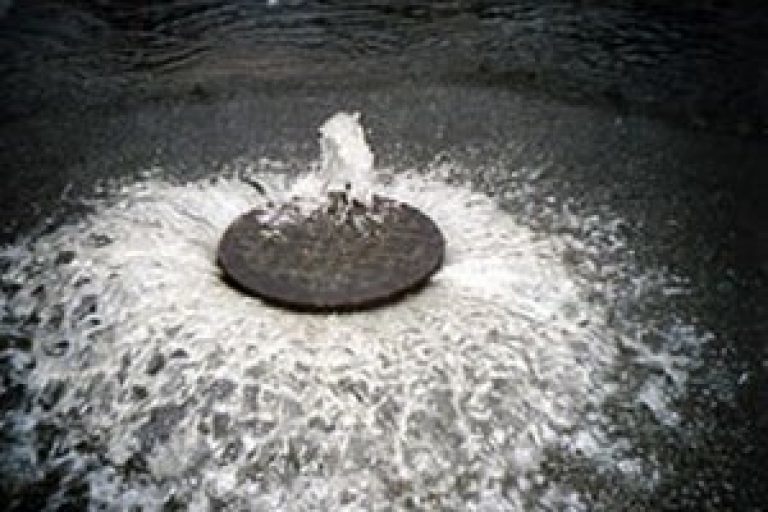
Disease-causing microorganisms, including bacteria, viruses, and other single-celled organisms, are referred to as pathogens, some, like Salmonella, cause human health problems.
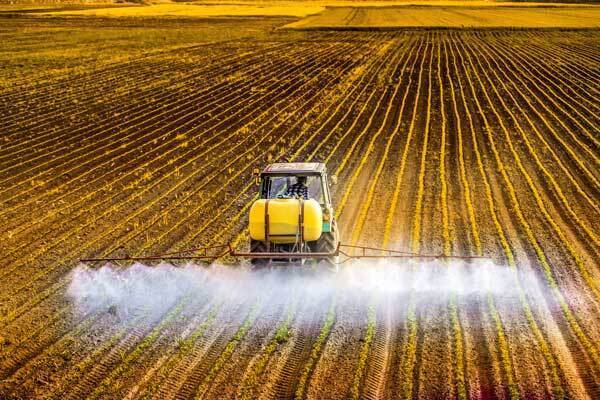
While pesticides are designed to be toxic to certain organisms, they can often be harmful and kill other species in the marine system that are important for the entire ecosystem.